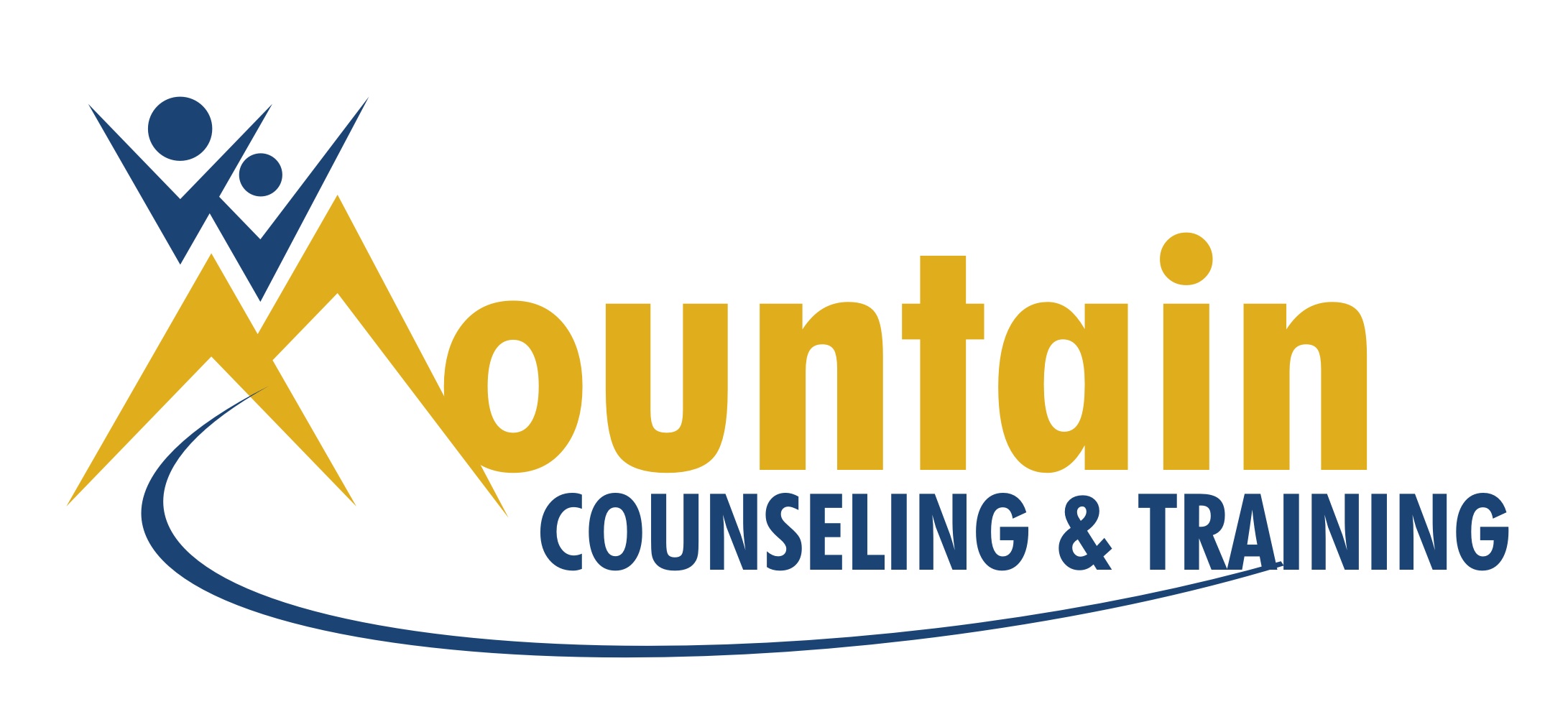Did you know that kids and teens are more likely to experience positive life outcomes if they have healthy relationships with other kids their age? Indeed, the quality of these early connections have a significant impact on a young person’s development in several areas. For instance, studies show that positive peer relationships can make teens:
- More resilient to stress
- Less likely to develop anxiety and depression
- More likely to attend and perform well in school
- More likely to be emotionally and behaviorally regulated
So, what makes a healthy relationship “healthy,” after all?
Here are five relationship “green flags” supported by academic sources:
- Mutual Support: Friendships where both people receive emotional support tend to coincide with higher self-esteem and better academic achievement (Bagwell & Schmidt, 2011). Each friend takes turns listening to one another’s thoughts, feelings, and problems and are willing to offer support during emotional ups and downs.
- Respect for Boundaries: A very important aspect of a healthy relationship is respecting a person’s physical, sexual, and emotional boundaries (Child Mind Institute, 2025). This includes an understanding of how to talk about and obtain consent. When someone says “no,” it is not followed up with guilt-tripping or manipulation to change their mind.
- Conflict Resolution Skills: Relationships that have the communication skills to navigate conflict and disagreements effectively often rely on the use of empathy and are more likely to be sustained over time (Laursen & Collins, 2009). The goal is not to avoid conflict at all costs, but to calmly and patiently work through it together when it does happen. Sometimes all it takes is the willingness to acknowledge and empathize with one another’s feelings about the issue.
- Trust & Emotional Safety: Relationships where both individuals accept one another for who they are without the threat of judgment promote a sense of safety and authenticity (Rubin, Bukowski, & Parker, 2006). This characteristic of a healthy relationship allows the freedom to explore one’s identity, self-expression, and ideas about things, ultimately promoting one’s growth and development over time.
- Integrity & Positive Decision-Making: Teens who make safe and wise decisions help to promote constructive behaviors for their whole social group (Steinberg & Monahan, 2007). Examples include choosing to avoid risky behaviors, abide by laws, and follow codes of conduct at school, the workplace, and the social community.
**A message for the young person! – As you continue to meet new people, remember that you can have high-quality relationships! Even just one friend like this can make a big difference in your life. In addition to looking for these “green flag” qualities in other people, remember to reflect on how you show up in relationships. Are you the kind of friend you would like to have? Is there anything you could do differently to be a supportive and safe friend to someone else who needs it?
Curious about warning signs to look out for in relationships? Check out this article on “Relationships Red Flags (For Teens)” to learn more.
If you have any concerns about a relationship you have and you’re not sure what to do, consider discussing it with an adult you trust. Interested in talking to one of our therapists at MCT? Reach out to us at [email protected] or call our office at 909-336-3330 to get started! For emergencies, call 911.
References
Bagwell, C. L., & Schmidt, M. E. (2011). Friendships in Childhood and Adolescence. Guilford Press.
Child Mind Institute. (n.d.). Teaching kids boundaries and empathy. https://childmind.org/article/teaching-kids-boundaries-empathy/
Dietz, L. J., Cyranowski, J. M., Fladeboe, K. M., Kelly, M. A. R., Pilkonis, P. A., Butt, Z., Salsman, J. M., & Cella, D. (2022). Assessing aspects of social relationships in youth across middle childhood and adolescence: The NIH toolbox pediatric social relationship scales. Journal of Pediatric Psychology, 47(9), 991–1002. https://doi.org/10.1093/jpepsy/jsac037
Laursen, B., & Collins, W. A. (2009). Parent-child relationships during adolescence. In R. M. Lerner & L. Steinberg (Eds.), Handbook of Adolescent Psychology.
Rubin, K. H., Bukowski, W. M., & Parker, J. G. (2006). Peer interactions, relationships, and groups. In N. Eisenberg (Ed.), Handbook of Child Psychology.
Steinberg, L., & Monahan, K. C. (2007). Age differences in resistance to peer influence. Developmental Psychology, 43(6), 1531–1543.

